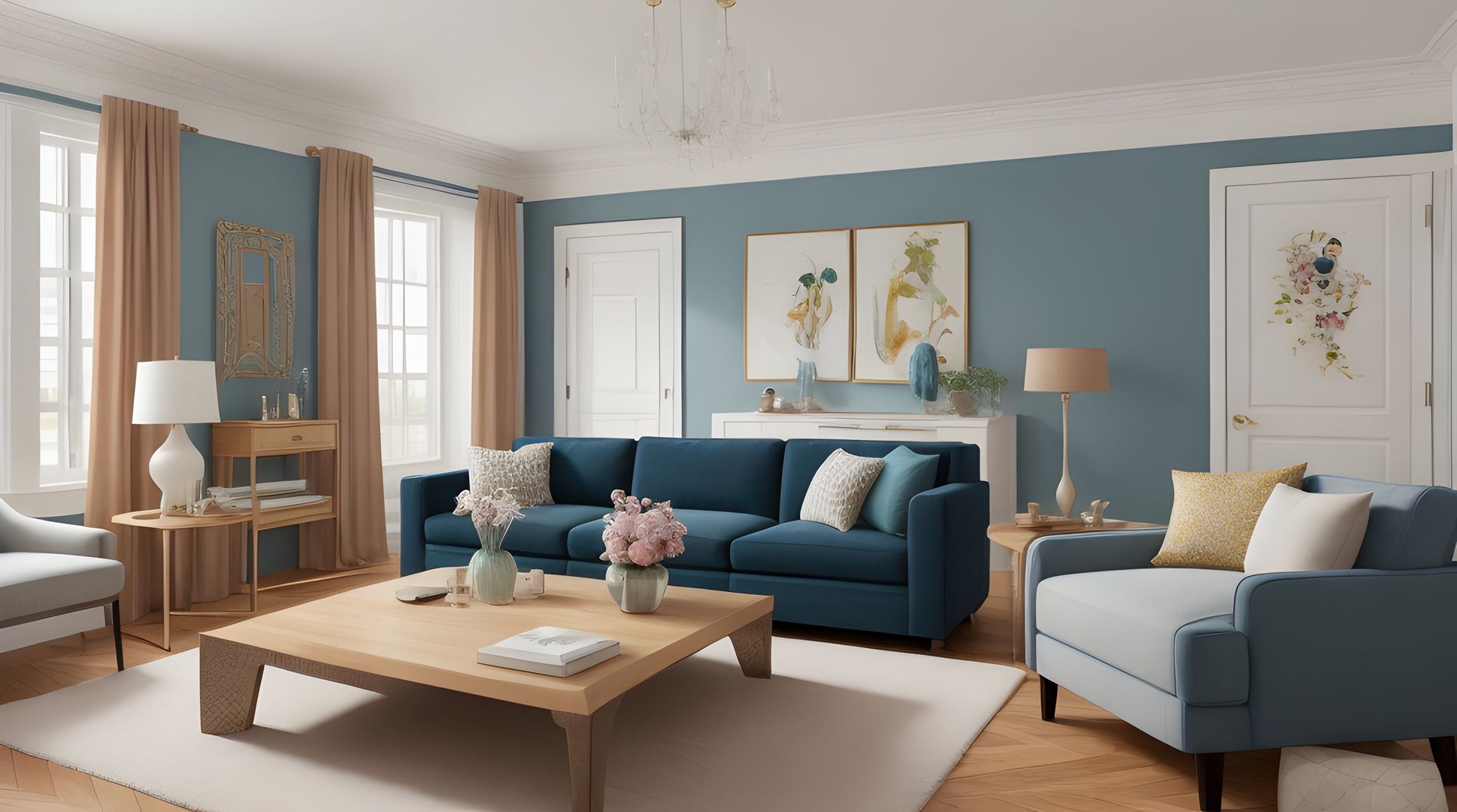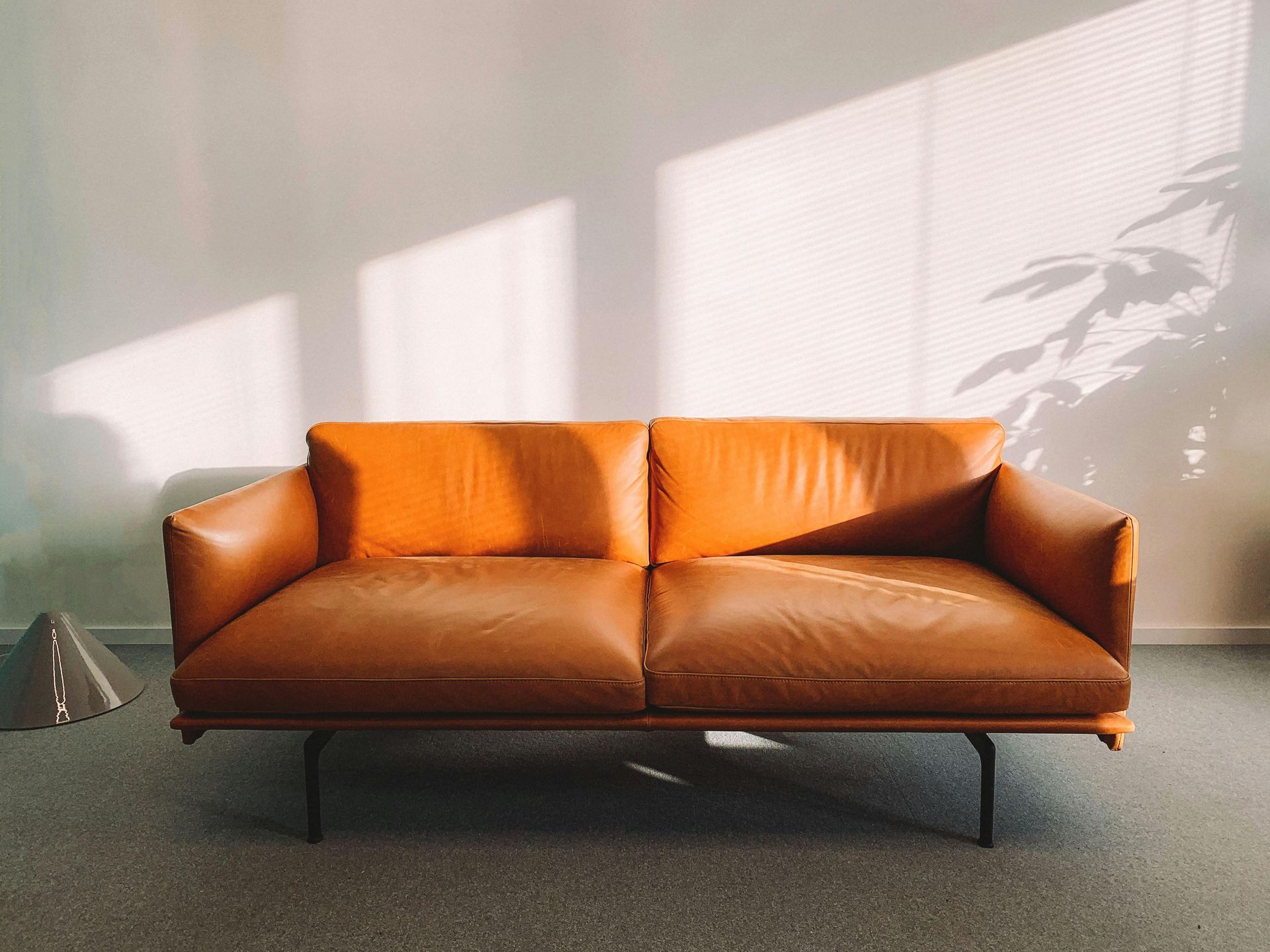Furniture Care 101: Tips for Extending Furniture Lifespan
Furniture is an investment that can significantly enhance the comfort and aesthetics of your home or office. However, without proper care, even the most durable furniture can succumb to wear and tear over time. At
iFurnishings, a leading furniture rental and sale company in Indianapolis, IN, we understand the value of maintaining your furniture to ensure it remains in excellent condition for years to come. In this blog post, we'll share essential tips and techniques for extending the lifespan of your furniture. By following these guidelines, you can keep your furniture looking as good as new and save money in the long run.

Slide title
Write your caption hereButton
Routine Cleaning and Dusting
One of the most basic yet crucial aspects of furniture care is routine cleaning and dusting. Dust and dirt can accumulate on furniture surfaces, leading to scratches, discoloration, and a dull appearance. Here's how you can keep your furniture clean and dust-free:
Dusting
Keep your furniture looking its best by dusting it regularly with a soft, lint-free cloth or a microfiber duster. Avoid using rough materials that could scratch the finish. When dusting, follow the grain of the wood to prevent streaking.
Cleaning
For wooden furniture, use a damp cloth with a mild wood cleaner or a mixture of water and vinegar. Avoid soaking the wood, as excess moisture can cause warping or damage. For upholstered furniture, vacuum regularly using the upholstery attachment to remove dust, dirt, and pet hair. If you notice any stains, address them immediately with an appropriate cleaning solution based on the fabric type.
Polishing
Wood furniture benefits from occasional polishing. Use a high-quality furniture polish that matches the finish of your wood. Apply the polish sparingly with a soft cloth, and buff to a shine. This not only enhances the appearance of the furniture but also provides a protective layer against dust and moisture.
Proper Placement and Protection
The location of your furniture plays a significant role in its longevity. Improper placement can expose your furniture to harmful elements like direct sunlight, excessive humidity, or temperature fluctuations. Here are some tips to ensure your furniture is placed in a suitable environment:
Avoid Direct Sunlight
Prolonged exposure to direct sunlight can cause furniture to fade, crack, or warp. To protect your furniture, place it away from windows or use curtains, blinds, or UV-blocking window film. For outdoor furniture, consider using furniture covers or placing the items under shade.
Control Humidity
Wooden furniture is sensitive to humidity levels. High humidity can cause the wood to swell, while low humidity can lead to cracks. Maintain a stable indoor humidity level between 40% and 60% using a humidifier or dehumidifier if necessary. Keep furniture away from heat sources like radiators, fireplaces, or vents, as these can cause wood to dry out and become brittle.
Use Furniture Protectors
Protect your furniture from scratches and stains by using coasters, placemats, and tablecloths. Place felt pads under the legs of chairs, tables, and sofas to prevent scratches on floors and furniture. For upholstered furniture, consider using slipcovers to protect the fabric from spills, stains, and daily wear and tear.
Handling and Moving Furniture Safely
Moving furniture around the house can be a common occurrence, especially during renovations, cleaning, or redecoration. However, improper handling can result in damage to your furniture. Here’s how to move furniture safely:
Disassemble When Possible
If your furniture can be disassembled, take it apart before moving it. This reduces the risk of damage to joints, legs, and other vulnerable parts. Keep all screws, bolts, and small parts in a labeled container for easy reassembly.
Lift, Don’t Drag
When moving furniture, always lift it instead of dragging it across the floor. Dragging can cause scratches on both the furniture and the floor, and it may weaken the furniture joints. If the furniture is too heavy to lift, use furniture sliders to glide it across the floor without causing damage.
Use Proper Lifting Techniques
To avoid injury and damage, lift furniture with your legs, not your back. Bend your knees, keep your back straight, and lift slowly. If you need help, ask a friend or family member to assist you. For particularly heavy or bulky items, consider hiring professional movers.
Addressing Wear and Tear
No matter how well you care for your furniture, wear and tear is inevitable. However, you can manage and minimize the effects with the following tips:
Rotating Cushions and Mattresses
To prevent uneven wear on upholstered furniture, regularly rotate and flip cushions. This distributes the wear more evenly and prolongs the life of the cushions. The same applies to mattresses—rotate and flip them every few months to prevent sagging and ensure even wear.
Repairing Scratches and Dents
Minor scratches on wooden furniture can often be repaired using a wood touch-up marker or wax filler stick that matches the furniture’s finish. For deeper scratches or dents, you may need to sand the area lightly and apply a matching wood stain or finish.
Upholstery Maintenance
If you notice loose threads, frayed edges, or small tears in your upholstery, address them immediately to prevent further damage. You can sew small tears by hand or use fabric glue to secure frayed edges. For more significant damage, consider reupholstering the furniture or seeking professional repair services.
Long-Term Storage Solutions
If you need to store your furniture for an extended period, taking the right precautions is essential to prevent damage during storage. Follow these steps to ensure your furniture remains in good condition:
Clean Thoroughly Before Storage
Before storing your furniture, clean it thoroughly to remove any dust, dirt, or stains. For wooden furniture, apply a coat of furniture polish to protect the wood from drying out. Upholstered furniture should be vacuumed and, if possible, steam cleaned to remove any lingering odors or allergens.
Disassemble Large Pieces
Disassemble large furniture items like beds, tables, and shelving units before storage. This not only saves space but also reduces the risk of damage during transport. Wrap the disassembled parts in protective materials like moving blankets or bubble wrap.
Use Climate-Controlled Storage
If possible, store your furniture in a climate-controlled storage unit. This helps maintain a stable temperature and humidity level, preventing warping, cracking, and mildew growth. If climate-controlled storage is not available, consider using moisture absorbers or dehumidifiers within the storage space.
Protect Furniture with Covers
Cover your furniture with breathable materials like cotton sheets or furniture covers to protect it from dust and moisture. Avoid using plastic covers, as these can trap moisture and lead to mold or mildew growth. Elevate furniture off the ground using pallets or blocks to prevent contact with cold, damp floors.
Contact iFurnishings for Expert Care
If you're in need of high-quality furniture for your home or office, or if you need expert advice on furniture care, look no further than
iFurnishings. Our team is committed to providing exceptional customer service and helping you find the perfect pieces to match your style and needs. Contact us today at
(317) 536-7368 to learn more about our
furniture rental and
sale services. Whether you're furnishing a new space or upgrading your current setup, we have the solutions you need.
FAQs
How frequently should I apply polish to my wood furniture?
Polishing frequency depends on the type of wood and the finish. In general, polishing once every few months is sufficient to maintain the shine and protect the surface. Avoid over-polishing, as this can lead to a buildup of residue.
Can I use water to clean my wooden furniture?
Yes, but it should be used sparingly. Use a damp cloth with a mild cleaner or a mixture of water and vinegar, and avoid soaking the wood. Too much moisture can harm the wood.
What should I do if my furniture gets stained?
Quickly dab the stain with a clean cloth. Avoid rubbing it as this can spread the stain further. Use a suitable cleaning solution based on the type of material, and test it on a small, hidden area first to ensure it doesn’t cause discoloration.
How can I prevent my furniture from fading?
To prevent fading, avoid placing furniture in direct sunlight. Use curtains, blinds, or UV-blocking window film to protect your furniture from the sun's rays.
Is it necessary to store furniture in a climate-controlled unit?
While it's not always necessary, climate-controlled storage is recommended, especially for wooden or upholstered furniture. It helps prevent damage caused by temperature fluctuations and humidity.
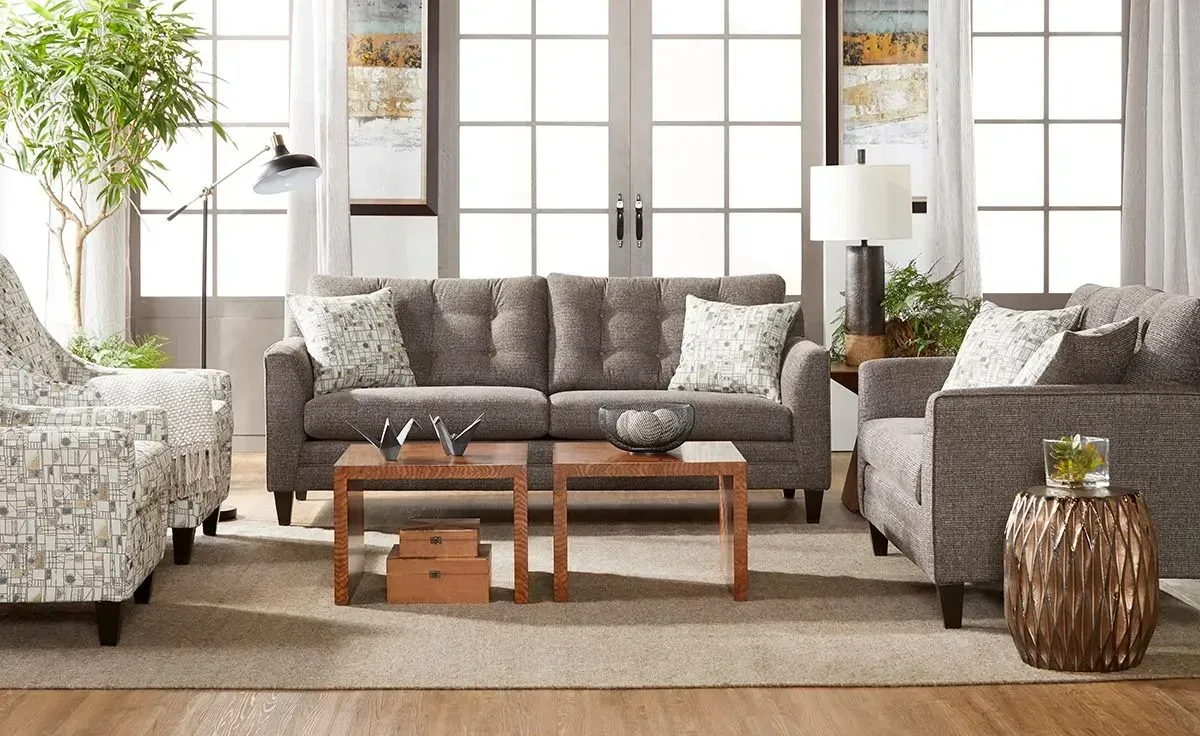

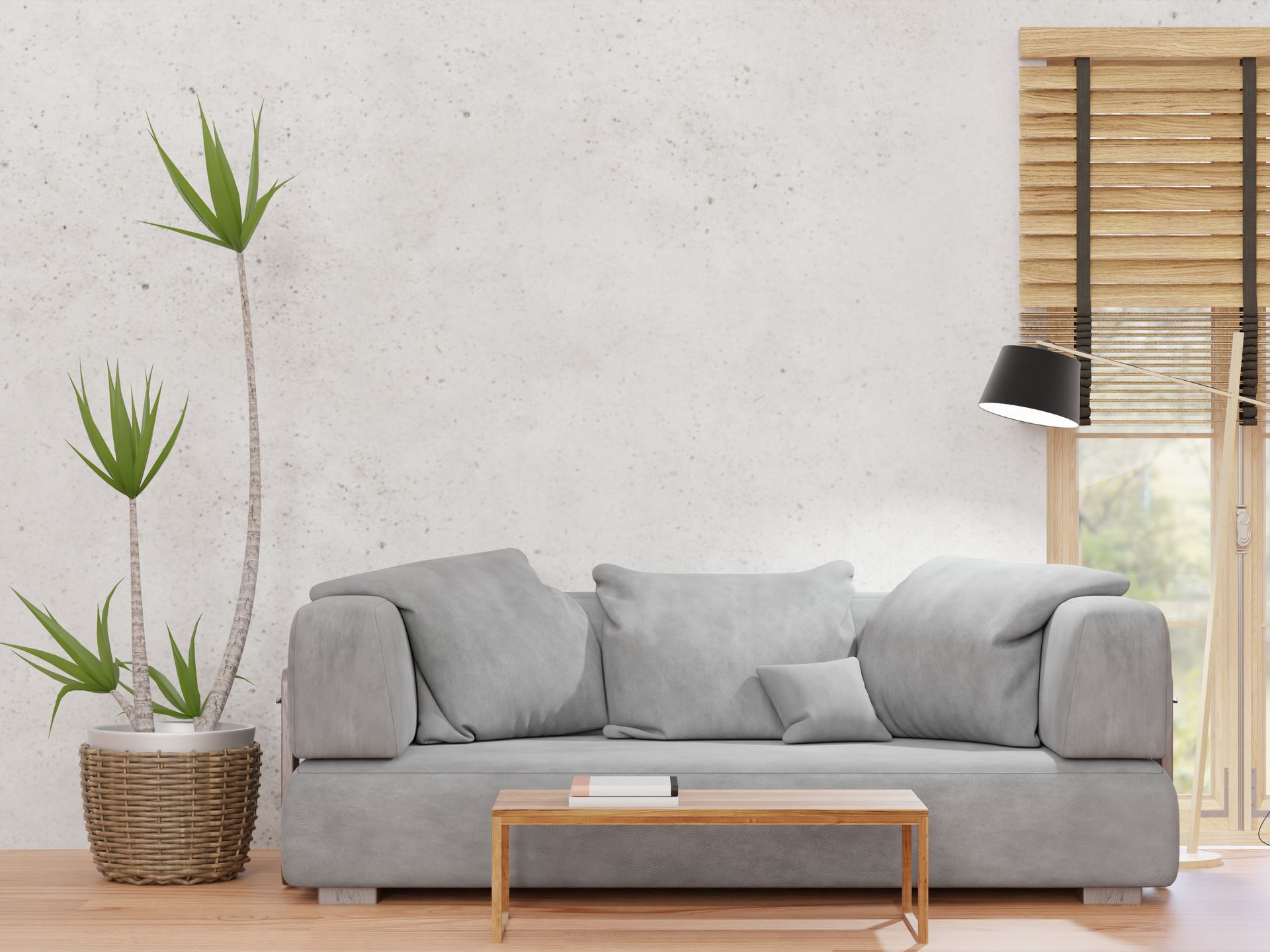


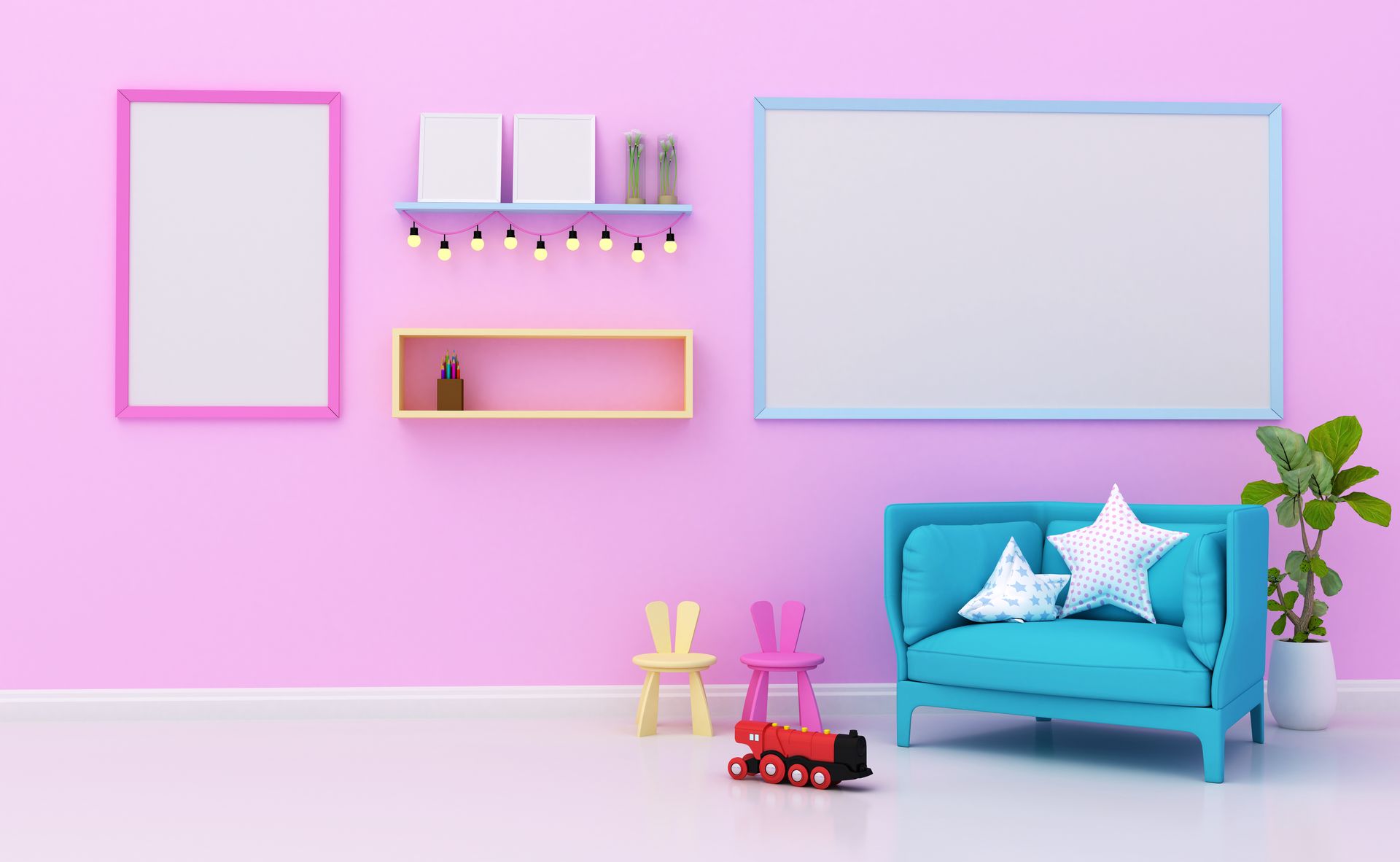
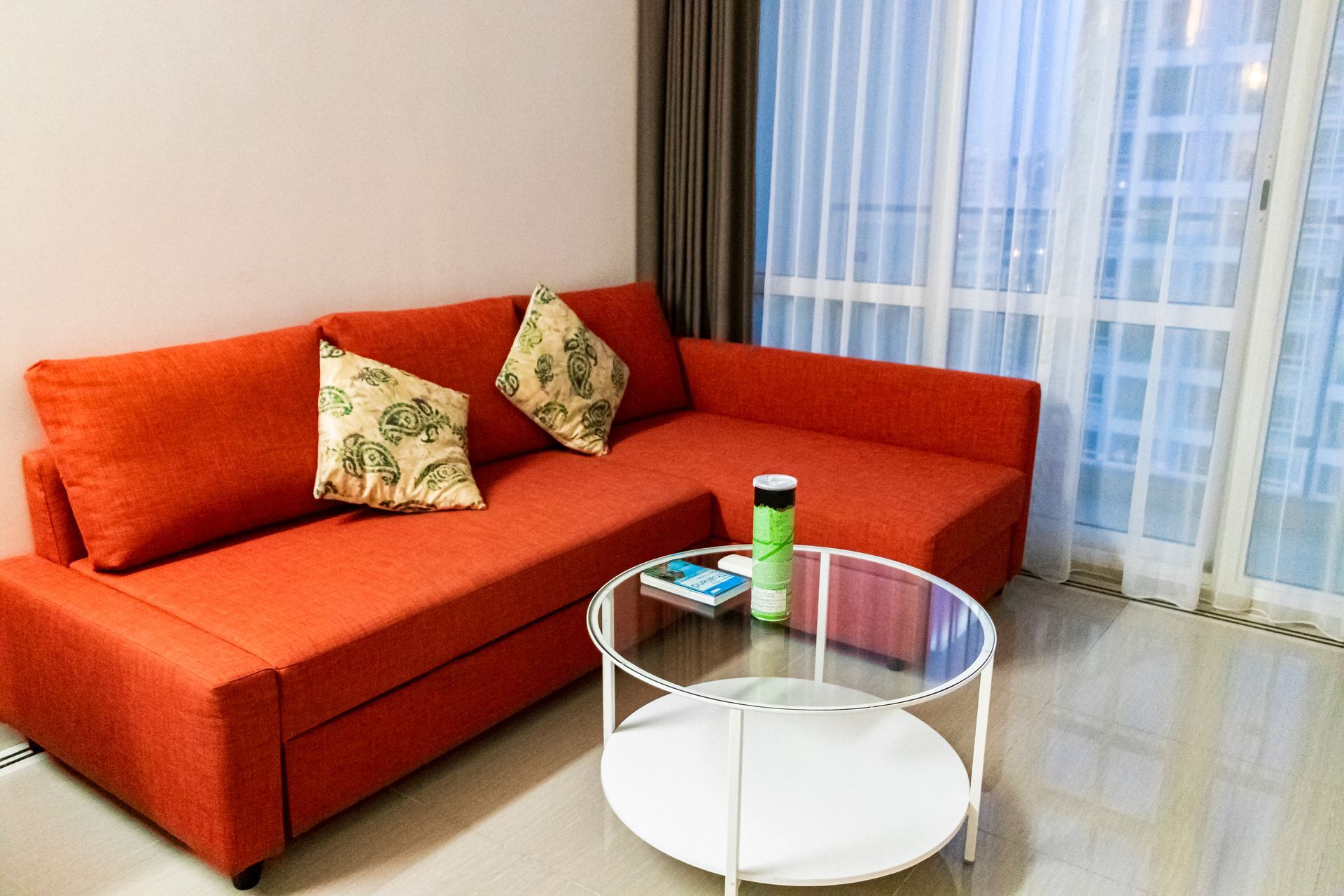
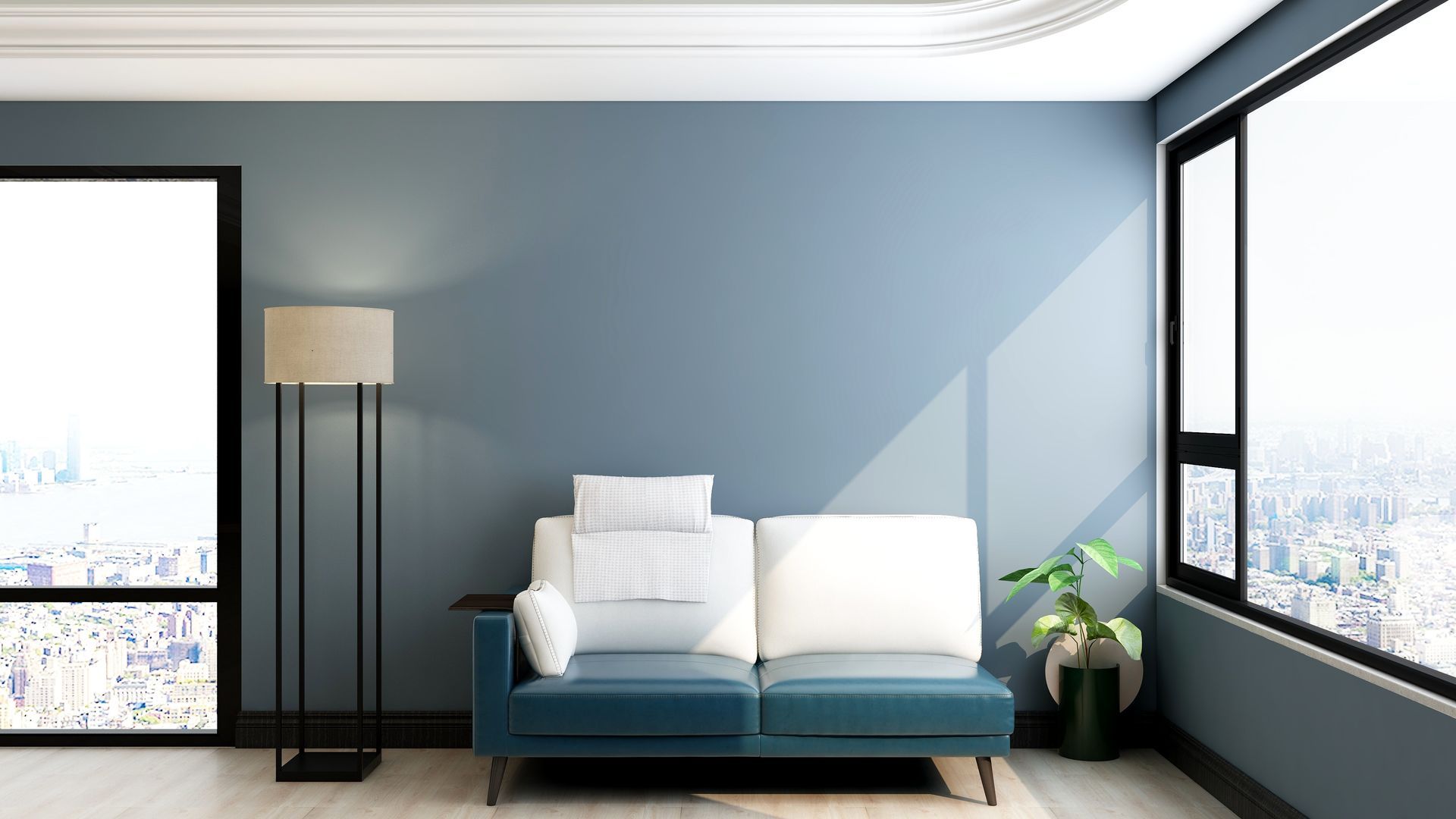








Contact Info
Phone: (317) 536-RENT (7368)
Text: (317) 536-7368
9210 E. 33rd Street, Indianapolis, IN, 46235 United States
Hours
Accepting Calls and Text Messages
9-6 Monday-Friday and 10-4 Saturday
Product Viewing by Appointment Only
Closed all major holidays.
Quick Links
Copyright. iFurnishings. All Rights Reserved.
